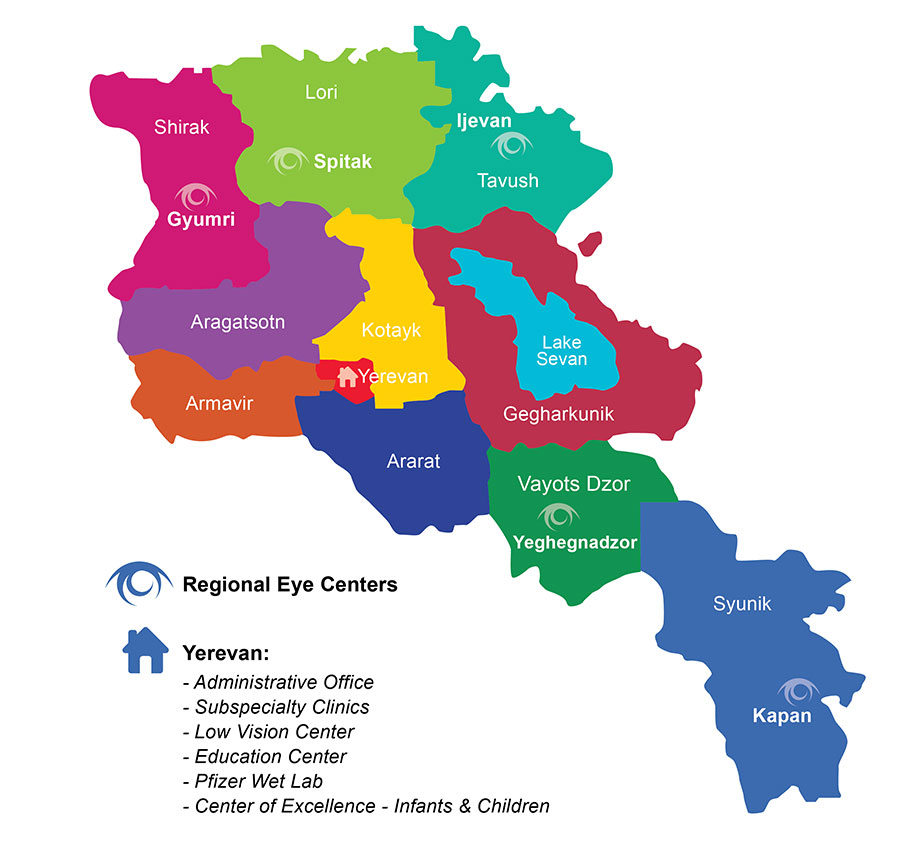A charitable trust is a flexible way to serve your current and long-term financial and charitable goals. Through a charitable trust a donor gives cash, stock, real estate or other assets to a trust. The trust is invested and managed by a professional financial institution of the donor’s choice. Once created, a charitable trust is irrevocable. Charitable trusts have two formats — charitable remainder trusts and charitable lead trusts.
- Charitable Remainder Trusts. A charitable remainder trust provides you with both income and tax benefits for a portion of your gift. Through a charitable trust, a donor makes an irrevocable transfer of property —cash or other assets — to a trust, which is invested and managed by a professional financial institution of thedonor’s choice, producing income for the donor or other beneficiary, either for a fixed period of time up totwenty years or until the donor or other beneficiary dies. At the end of the trust period, the remainingprincipal assets are distributed to the Armenian EyeCare Project.
A charitable remainder trust allows you to designate the beneficiary of regular payouts from the trust proceeds — for a fixed dollar amount or a fixed percentage — during your lifetime or for a period of time, not to exceed twenty years. At the same time, the Armenian EyeCare Project is designated a remainder beneficiary. This permits the donor to claim a tax deduction for the estimated portion of the assets that will ultimately go to the Project upon death or the expiration of the fixed trust period.
- Charitable Remainder Annuity Trusts. A charitable remainder annuity trust will furnish you — or someone you designate — with a fixed annual income for life or for a pre-determined number of years up totwenty. The payment amount, which you determine when you establish the trust, must be at least five percentof the initial gift amount. That amount will not change over the life of the trust. This type of gifts appeals to
a donor who wants the security of a regular amount each year.
When the trust is created, you may claim a charitable deduction based on the value of the asset used to establish the trust.
- Charitable Remainder Unitrusts. A charitable remainder unitrust provides annual payments that will fluctuate from year to year, based on the earnings of the investments in the trust. When the trust is created
the donor selects the fixed payout percentage, which must be at least five percent of the initial gift amount.
The annual payment is based on a percentage of the trust’s value as calculated each year.
When the trust is created, you may claim a charitable deduction based on the value of the asset used to establish the trust.
- Charitable Lead Trusts. A charitable lead trust appeals to individuals who wish to make a gift, but retain the property. Through a charitable lead trust, you can designate the Armenian EyeCare Project as thebeneficiary of annual payments from the trust, allowing the donor to avoid taxes on the income during thefixed period of time or until the end of the donor’s life. At the end of the period or at death the remainder isdistributed to the heirs.
Charitable lead trusts appeal to individuals who wish to make a gift but retain the property. These irrevocable trusts are the reverse of charitable remainder trusts in that the payments from a charitable lead trust will first come to the Armenian EyeCare Project for a specific period of time, usually between 10 and 20 years. At the end of the time period the principal of the trust reverts to the donor and/or designated individuals, usually children or grandchildren.







